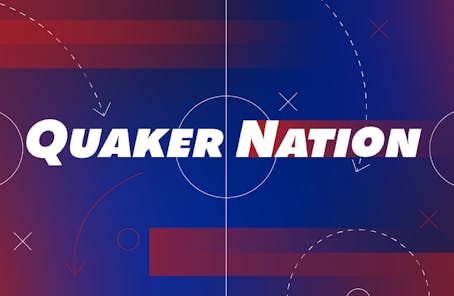As the Steelers and Packers square off in Super Bowl XLV Sunday, they’ll put to bed a hallmark year for the NFL, one in which the league took major action to repair its image in the wake of growing awareness of head injuries and their impact.
While attention to the issue grows, the medical community is helping to make the sport as safe as possible. Researchers at the School of Medicine released a study Thursday which details a short “sideline” test that can accurately detect concussions in athletes.
The test measures eye movement, language skills and attention, all of which are affected after a concussive hit. The King-Devick test, as it is called, may be more reliable than current sideline test methods in detecting head trauma, according to a statement from the Medical School.
“This rapid screening test provides an effective way to detect early signs of concussion, which can improve outcomes and hopefully prevent repetitive concussions,” Laura Balcer, professor of neurology at the Hospital of the University of Pennsylvania and the study’s senior author, said in the statement.
Recent research has shown that repeated head trauma can substantially worsen the effects of concussion both in the short and long term, leading to debilitating neurodegenerative diseases such as chronic traumatic encephalopathy, the condition which was found in former Penn football player Owen Thomas after his suicide.
Though Thomas never had a diagnosed concussion, he likely suffered thousands of subconcussive hits during his years of playing football.
Much of the focus in curbing head injuries in football has been in swiftly recognizing concussions and keeping athletes off the playing field until they fully recover.
The K-D test takes just one minute, during which the athlete reads single-digit numbers from an index card. According to the study, an athlete who takes longer to read the series of numbers compared to his or her individual baseline score may have suffered a concussion, especially if the time increase is more than five seconds.
The simplicity and accuracy of the test will help coaches and athletic trainers make informed decisions as to whether an athlete can return to play or needs more medical attention. Current methods of identifying concussion are based on subjective medical analysis, while the K-D test uses an objective score to detect head trauma.
The study, which was published in the journal Neurology, looked at 39 mixed martial arts fighters and found that the test scores of those fighters who suffered head trauma worsened by an average of 11.1 seconds.
The statement notes that a follow-up study is planned, which will examine changes in test scores over the course of a collegiate athletic season, potentially using Penn student athletes.
“If validated in future studies, this test has the potential to become a standard sideline test for athletes,” Balcer added.
“The K-D test is only one test on the sidelines, though,” she added, “and the diagnosis of concussion requires a combination of tests and input of medical professionals.”
The Daily Pennsylvanian is an independent, student-run newspaper. Please consider making a donation to support the coverage that shapes the University. Your generosity ensures a future of strong journalism at Penn.
DonatePlease note All comments are eligible for publication in The Daily Pennsylvanian.






